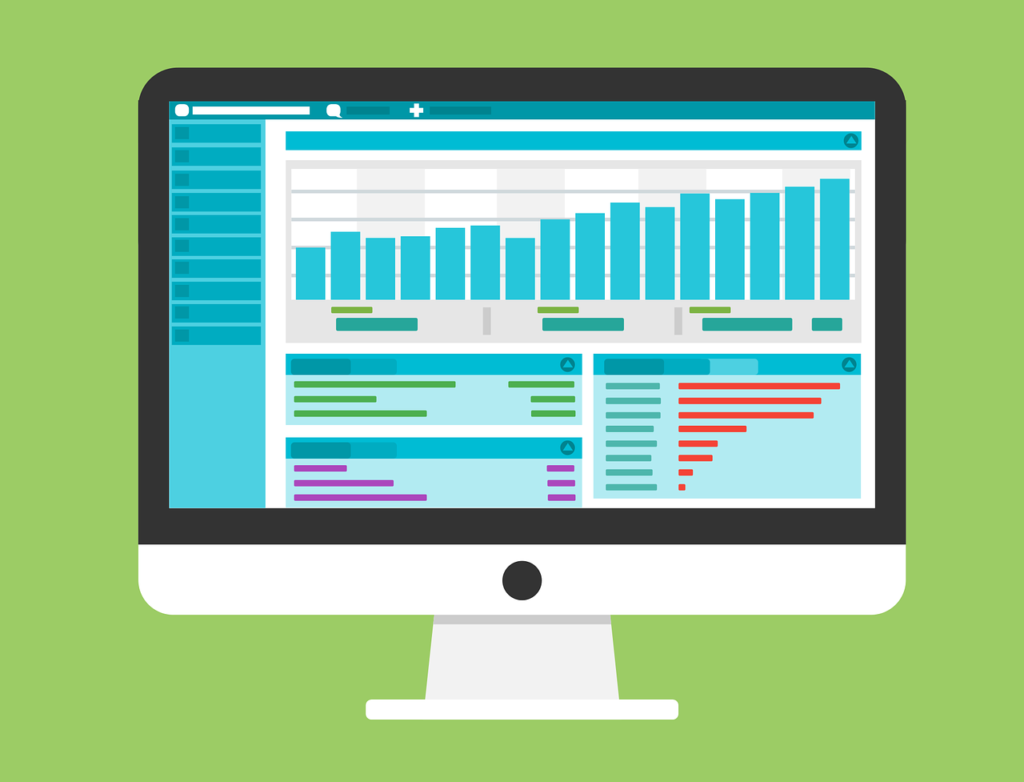Feature selection techniques in regression analysis
Feature selection techniques in regression analysis aim to identify the most relevant and informative subset of features (variables) to improve model performance, reduce overfitting, and enhance interpretability. Here are five popular feature selection techniques for regression analysis: Recursive Feature Elimination (RFE): RFE is an iterative technique that starts with all features and gradually eliminates the […]
Feature selection techniques in regression analysis Read More »




